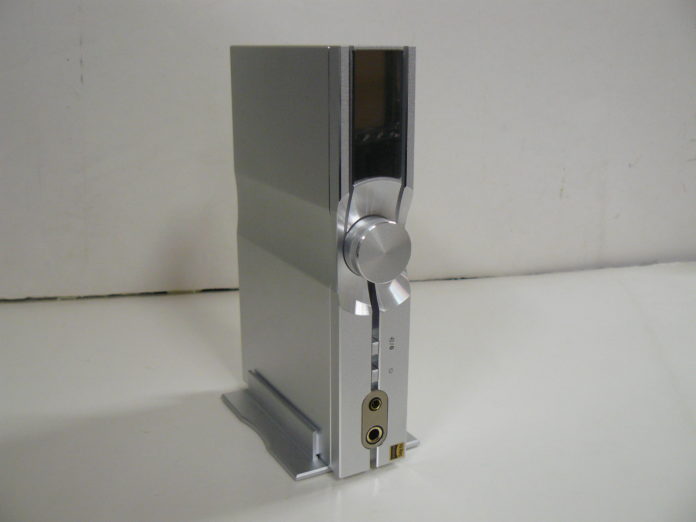Recently I was able to tell you about the Signature, a new headphone amp from iFi. Now, they’ve released yet another DAC/amp for me to play around with in the IDSD Neo. The Neo is an HD DAC and headphone amp that also supports a Bluetooth connection. This model is only fifty dollars more than the SIgnature at $699. Let’s see how iFi further develops its already high standard of DAC technology.

What You Get
The packaging for the Neo is quite large and includes a multitude of accessories. The amp itself is displayed first within a foam insert that should keep the device protected. Underneath it is three white boxes that you should be used to seeing if you’re familiar with iFi. One of the white boxes is considerably larger than the rest, and that’s because it holds the Neo’s stand. It also holds the remote, which should be noted doesn’t include a battery, at least in the one I received. Another box contains your USB-C, and RCA cables, as well as an antenna and 6.3mm adapter. The last box contains the Neo’s 5V DC power plug with attachable prongs.
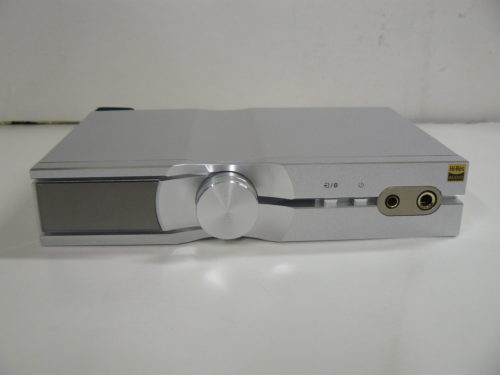
Build
On first impression, the Neo already appears so different than any model iFi has ever made. Its aesthetic takes on a much more sophisticated appearance, especially when you stand it up vertically. It looks fantastic sitting next to your desktop or game system. The chassis is made from solid aluminum with a silver matte finish. The closest resemblance I can muster for the Neo is iFi’s Pro iDSD, which the Neo is a much slimmer version of. The face of the system features an OLED screen that tells you your output gain, decoding quality, sample rate, and which output you’re using. The brightness of the screen can be increased, but only through three different levels. The volume dial is a good size and responds with a set position indicating an increase of 1dB. Then there are two buttons that turn the Neo on, and one for activating Bluetooth pairing and switching inputs. These buttons are a little flimsy but responsive nonetheless.
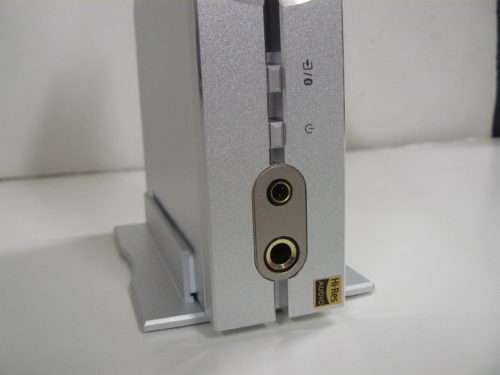
Ins and Outs
Similar to the iDSD signature, the Neo features both 6.3mm and balanced 4.4mm outputs. I loved the inclusion of 4.4mm on the signature so I am glad to see it return here. The back of the device holds a left and right XLR male and RCA outputs. Next to them are a row of digital inputs, starting with a coaxial and optical for AV receivers or soundbars. Then there’s a USB input for PC and smartphone connection, which is what I mostly used.

Design
With everything iFi makes, you know the components inside their machines will either be of top quality or genuine innovation. The Neo utilizes a Burr-Brown DAC chipset that fuels a majority of the Neo’s digital engine. They’ve added some flavor to this system with a 16-core XMOS microcontroller which processes the data of the digital inputs at double speed with four times the memory. This design has been labeled a super DAC with its intelligent memory buffer and Femto-precision clock. The Neo aims for a pure circuit design that uses low-level noise and distortion. They’ve fittingly named this system “Purewave.”
Sound Quality
Like the Signature, I’ve tested multiple headphones to see where the sonic quality of the Neo stands. The Neo especially provides several twists to the sound signature of the headphone selection I’ve chosen, especially using MQA playback. I’ve chosen three headphones, the Sennheiser 560s, the Beyerdynamic T1, and the Focal Radiance.
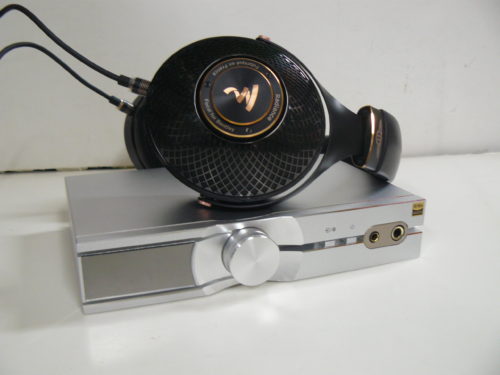
Focal Radiance
The Radiance has the most subtle differences when paired with the Neo, mostly residing in the bass response. By itself, the Radiance features a deep bass that showcases articulation and accuracy. What the Neo does is give the Radiance some interesting flavors and strength, such as a much more dignified sub-bass rumble. This gave the lows a lot more impact, as low bass strings responded with a buttery smooth vibration that mixes with the depth of the Radiance incredibly well. As for the mids and highs, only bits and pieces have noticeable changes. The lightly recessed highs gain a touch of brightness, but nothing substantial.
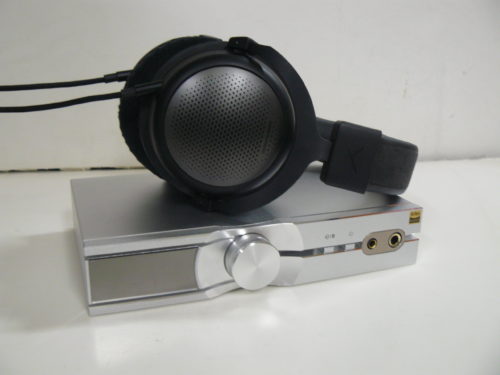
Beyerdynamic T1 3rd Gen
The starkest difference in sound signature came from the third generation Beyerdynamic T1. While originally I felt the T1 leaned more toward the warmer side and didn’t really feature a ton of top-end, the Neo gives it a much needed treble presence. Even though the response can be a little thin, but it was nice to hear some more sizzle in cymbals and effects. The mids also appear to have more fullness to them, with less noticeable recessions in certain bands.
Sennheiser HD560s
One of the latest editions to the Sennheiser HD series had me excited to see what a DAC/amp could do to expand the headphone’s analytical sound. On the Neo, the most immediate difference I found was in the brightening of the highs. I felt like treble was really emphasized in this pairing, and the 560s already has its fair share of natural brightness on its own. There are some noticeable accents this time around, with more exaggerated sibilances. This might put off some people, but I think the highs are controlled enough within the stage that I appreciated the level of detail rather than the sharpness of the response.
Summary
The exclusion of iFi’s patented 3D and XBass were noticeably absent here, but the Neo still exercises some nice details and resolution for headphones. In terms of innovation, this is definitely a leap forward for iFi and that shouldn’t be overlooked. Through a variety of applications, the Neo can prove itself useful for a variety of listening experiences.
Pros and Cons
Pros: Sound quality, design, build quality, aesthesic
Cons: No real soundstage changes
The iFi Neo iDSD is available at Audio 46.
MAJORHIFI may get a commission from retail offers.
Compare the ranking of various headphones, earbuds and in-ear monitors using our tools.
Discuss this, and much more, over on our forum.
---MAJORHIFI may receive commissions from retail offers.


